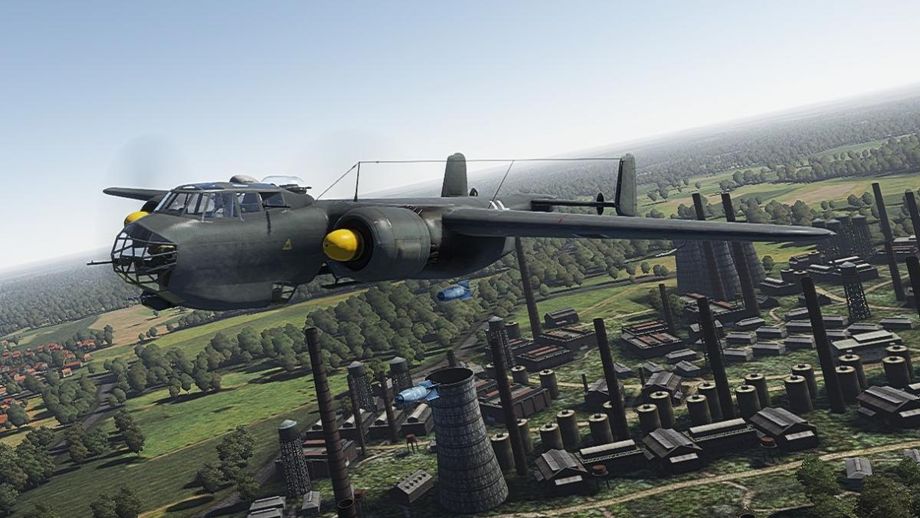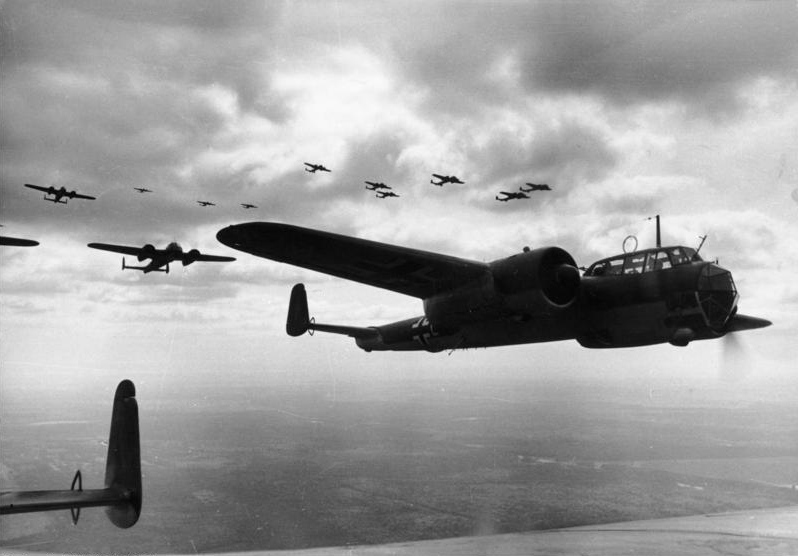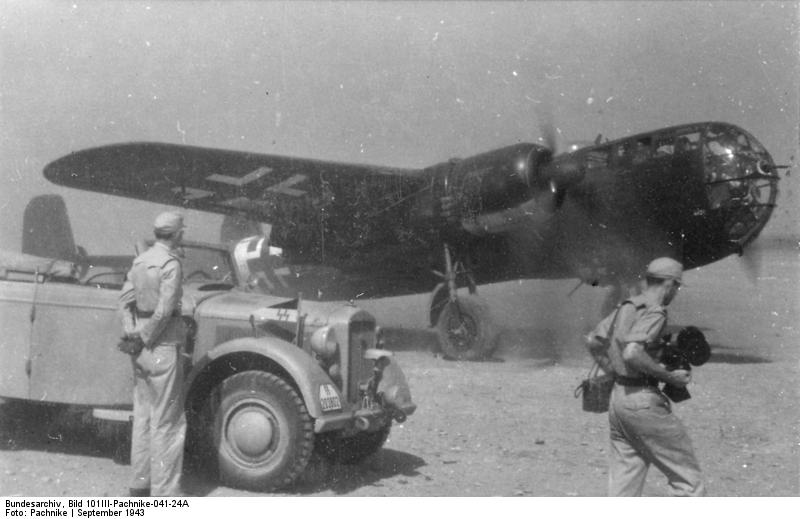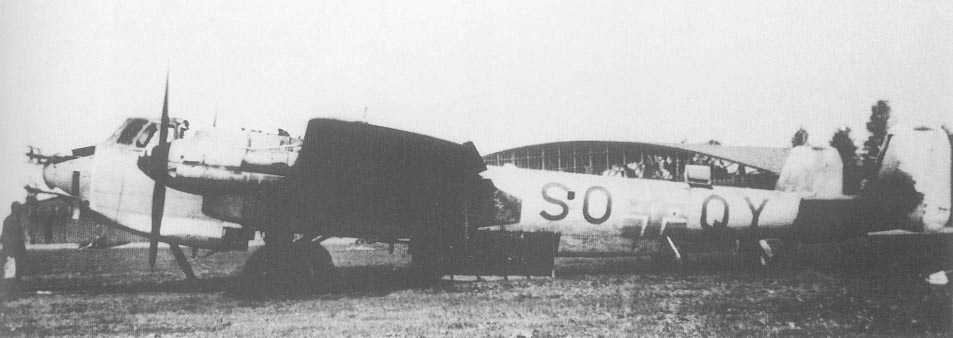
- For PC
- For MAC
- For Linux
- OS: Windows 7 SP1/8/10 (64 bit)
- Processor: Dual-Core 2.2 GHz
- Memory: 4GB
- Video Card: DirectX 10.1 level video card: AMD Radeon 77XX / NVIDIA GeForce GTX 660. The minimum supported resolution for the game is 720p.
- Network: Broadband Internet connection
- Hard Drive: 17 GB
- OS: Windows 10/11 (64 bit)
- Processor: Intel Core i5 or Ryzen 5 3600 and better
- Memory: 16 GB and more
- Video Card: DirectX 11 level video card or higher and drivers: Nvidia GeForce 1060 and higher, Radeon RX 570 and higher
- Network: Broadband Internet connection
- Hard Drive: 95 GB
- OS: Mac OS Big Sur 11.0 or newer
- Processor: Core i5, minimum 2.2GHz (Intel Xeon is not supported)
- Memory: 6 GB
- Video Card: Intel Iris Pro 5200 (Mac), or analog from AMD/Nvidia for Mac. Minimum supported resolution for the game is 720p with Metal support.
- Network: Broadband Internet connection
- Hard Drive: 17 GB
- OS: Mac OS Big Sur 11.0 or newer
- Processor: Core i7 (Intel Xeon is not supported)
- Memory: 8 GB
- Video Card: Radeon Vega II or higher with Metal support.
- Network: Broadband Internet connection
- Hard Drive: 95 GB
- OS: Most modern 64bit Linux distributions
- Processor: Dual-Core 2.4 GHz
- Memory: 4 GB
- Video Card: NVIDIA 660 with latest proprietary drivers (not older than 6 months) / similar AMD with latest proprietary drivers (not older than 6 months; the minimum supported resolution for the game is 720p) with Vulkan support.
- Network: Broadband Internet connection
- Hard Drive: 17 GB
- OS: Ubuntu 20.04 64bit
- Processor: Intel Core i7
- Memory: 16 GB
- Video Card: NVIDIA 1060 with latest proprietary drivers (not older than 6 months) / similar AMD (Radeon RX 570) with latest proprietary drivers (not older than 6 months) with Vulkan support.
- Network: Broadband Internet connection
- Hard Drive: 95 GB

From 12.00 GMT on October 4th to 23.59 GMT on October 5th
40% Discount on the purchase of all Do 217 on Rank II
30% Discount on the purchase of all Do 217 on Rank III
20% Discount on the purchase of all Do 217 on Rank IV
 |
Do 17 Z-2s over France, summer 1940 |
While the Do-17 was Dornier’s ballerina, svelte quick, nimble, and cherished by her crews, the Do-217 was Big Bertha, built to power its way through any challenge. Demanding and not as popular, nevertheless she got the job done.
Dornier knew the Do-17’s time will rapidly end when Junkers new Ju-88V-1 prototype flew the first time in December 1936; it could outperform anything of its size and nearly any fighter then in service with a staggering speed of 580 km/h (360 mph)! As work began on the final version of the Do-17 series, the aptly titled “Z”, its replacement was already taking shape in the Do-217, an evolution of its revolutionary and trend setting predecessor. While it took the same plan form of its smaller sibling, it was designed from scratch to incorporate the latest technology.
The resulting aircraft looked much like a slightly larger Do-17, but inside it was a very different beast (compare modern F/A-18E/F to F/A-18C/D). Although just 1 meter longer in wingspan to 19m its weight almost doubled. Additionally a wider and longer bomb bay could accommodate more and bigger bombs with a roomier crew cabin slightly larger than the one designed almost in parallel for the Do-17z.
 |
Do 217K-2, with the K-version's standard "stepless cockpit" |
First flight of the DB powered Do 217 V1 was on 4 October 1938, but crashed seven days later during a single-engine flight test. Despite similarities, the 217 flew very different, most acute was the loss of control during the single engine test because the vertical stabilizer stalled. Incorporating Handley-Page leading edge slots to both vertical stabilizers was the solution; no other aircraft uses this configuration.
The second prototype flew on 5 November 1938 followed after by a third Jumo 211A powered prototype on 25 February 1939. Early testing focused on different engines, from the DB 601, to Jumo 211, to BMW 132 (forerunner of 801), and designing the engines in a “power egg” concept; putting all engine related equipped together and the airframe with mounts to attach a crane so engine changes could be accomplished in about 30 minutes. This also allowed easier adoption of different engines in case of shortages.
The Do-217C with its slim fuselage and DB 601A engine looks very similar and is sometimes mistaken for the Do-215, but new larger bombs could not be carried so a greatly deepened fuselage resulted in a bloated look, some calling it a pregnant guppy. The resulting E series became the shape of all future 217’s. While possible to carry up to 4000kg, mission loads were often limited by bomb type.
 |
Do 217N-1, captured at Straubing |
Carrying a payload of up to 4000kg (8800lb) the Do-217 could carry a load roughly equivalent to Boeing’s B-17 heavy bomber, yet was always overshadowed by the workhorse He-111 and jack-of-all-trades Ju-88. Make no mistake; it easily bested the He-111 and it’s spacious bomb bay allowed it to outperform the Ju-88 penalized by its speed robbing external loads. Despite its “chops”, it was seen as a short-term stand-in for the ambitious and anxiously awaited but ill fated He-177 “Greif” and “(Tactical) Bomber B” programs. There is also strong evidence Nazi hardliners were punishing Claudius Dornier for eschewing the Nazi party by limiting orders.
With about 1500 total units built, it never had enough numbers to make an impact on the war. In the end, the Do-217 is most famous for finishing like its younger sibling as a heavily armed night fighter, and the sinking of the Battleship Roma heralding the age of guided munitions. Still the Do-217 has largely faded into obscurity with barely a trace it even existed today.
The War Thunder Team



